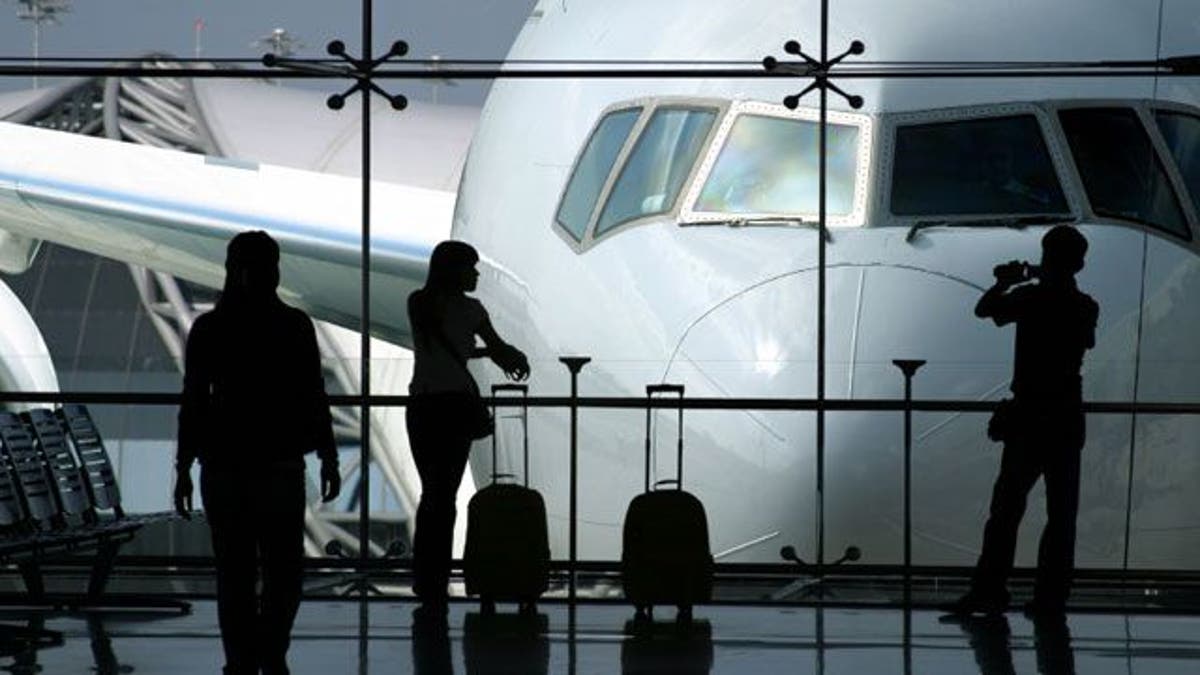
As figures were released Monday showing that 42 percent of the US population will be obese by 2030, some US engineers and scientists raised concerns as to whether airplane seats are strong enough to protect heavyweight travelers, The New York Times reported.
Experts point out that specifications for airplane seats are set by 60-year-old federal regulations that require them to be made for a passenger weighing 170lbs (77kg). The average weight of an American man, however, is 194lbs (88kg).
"If a heavier person completely fills a seat, the seat is not likely to behave as intended during a crash," said Robert Salzar, a scientist at the University of Virginia. "The energy absorption that is built into the aircraft seat is likely to be overwhelmed and the occupants will not be protected optimally."
Salzar added that other passengers on the plane would also be affected if a seat or a seatbelt failed, as the "unrestrained motion of the passenger" would endanger others.
Japanese engineer Yoshihiro Ozawa, whose company makes crash test dummies, told the Times there was no information to show that larger passengers would be adequately protected on airplanes in an emergency.
"If we don't test with heavier dummies, we won't know if it is safe enough," Ozawa said through an interpreter. "There is no regulation that says [airlines] have to test for heavier [passengers]."
A study, published in the American Journal of Preventive Medicine, found that 42 percent of the US population will be obese by 2030, rising from the current rate of a third.
The results, released Monday, also forecast a jump in the number of Americans with severe obesity -- those who are roughly 100 pounds (45kg) overweight -- with rates rising to 11 percent by 2030.
